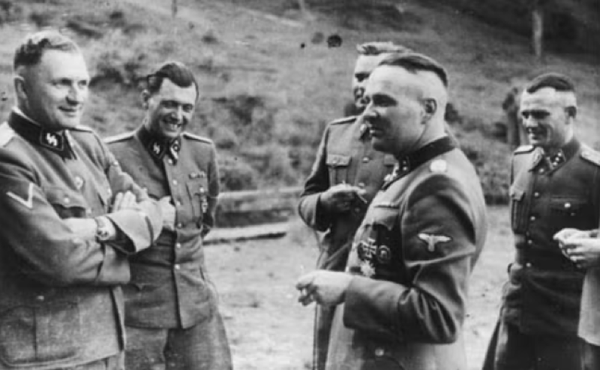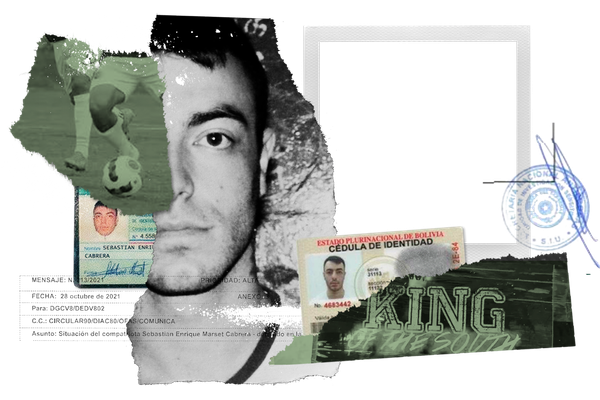How much does nothing weigh? A new experiment will find out

Manon Bischoff from Scientific American writes: "Geologically, Sardinia is one of the quietest places in Europe. The island, along with its neighbor Corsica, is located on a particularly secure block of Earth's crust that is among the most stable areas of the Mediterranean, with very few earthquakes in its entire recorded history and only one (offshore) event that ever reached the relatively mild category of magnitude 5. Physicists chose this geologically uneventful place because the Archimedes experiment requires extreme isolation from the outside environment. It involves a high-precision experimental setup designed to investigate the worst theoretical prediction in the history of physics—the amount of energy in the empty space that fills the universe. Scientists are hauling a two-meter-tall cylindrical vacuum chamber and other equipment down into an old Sardinian mine where they will attempt to create their own vacuum and weigh the nothing inside."
The great European house cat migration

From Frank Jacobs at Big Think: "Domestic cat bones around 8,000 years old have recently been found in both Serbia and Poland. This pushes back the arrival in Europe of one of humanity’s earliest companion animals by several thousands of years. Until recently, the thinking was that cats arrived in Europe only in Late Antiquity (roughly the 3rd to 7th century AD). That still holds true for many parts of the continent, but an earlier influx via Asia Minor into the Balkans, and further north, seems to have preceded it. Because the five known varieties of wildcat (Near Eastern, Chinese, Central Asian, Southern African, and European) are quite similar and can interbreed, scientists until recently had a hard time pinning down in which part of the world cat domestication first occurred. Some even suggested that it had happened at multiple times and places."
Mrs. Whitcher and the renegade numbers

Rose Eveleth writes at The Last Word on Nothing: "In 1938 a wallet manufacturer had a genius idea: to show people just how well cards would fit in the wallet, by using a placeholder. The thing they used to showcase the wallet was a social security card. The card they placed in each and every wallet was only about half the size of a real social security card, and that had “specimen” printed in red all over it. The placeholder card was fake in almost all ways but one: The social security number on it was real. It belonged to the secretary of the company’s Vice President and Treasurer, a woman named Mrs. Hilda Schrader Whitcher. The wallet was sold all over the US in Woolworth stores. And soon after it hit the shelves, people started using that social security number as their own. At the peak of the Whitcher confusion, 5,755 people were using her social security number."
What it's like to live with a flock of penguins

Naira de Gracia writes for Nautilus: "I found that penguins differed in their reactions to being hoisted between human legs. Some were calm, mildly befuddled at how they got a foot off the ground. Others acted as if they were possessed, squirming and slapping and biting. Penguins are beefy birds, sleek bullets of swimming muscle, torpedoes of power, and they slapped impressively hard. Their slap was powered by the same muscles in their chest that propel them through the water. A sharp stinging whack by a penguin flipper in the bitter cold could temporarily inactivate a hand. Making my home in Antarctica sometimes felt like a contradiction—what does it mean to live a domestic existence in what is often called the planet’s last or ultimate wilderness? It was surreal to wash dishes in the kitchen sink while looking at a line of penguins walking by, to call Antarctic fur seals my neighbors, to fall asleep to the roar of circumpolar wind."
The king who wasn't there

Miranda Kaufmann writes: "Prester John was thought by Europeans to be a real personage, ruling over a distant Christian empire, originally located in Asia, but from 1300 onwards associated with Ethiopia. Europeans wanted to believe in the universality of Christianity and in a potential ally in their struggle against the Muslim powers. In 1165 a letter addressed to the Byzantine Emperor Manuel Comnenus from the ‘supreme ruler of the three Indies’, Prester John, circulated around Europe. In 1177, Pope Alexander III sent a reply, but no response was received. The mythical emperor was, most importantly, a Christian. The term Prester signified that he was a priest. It was thought that he was descended from of one of the Three Magi, and from the queen of Sheba, and that his empire was vast, covering 72 kingdoms. But he never existed."
The human side of scientific giant Marie Curie

From Sarah Durn at Atlas Obscura: "Born in Russian-controlled Warsaw on November 7, 1867, Marie Curie was fiercely proud of her Polish identity. She spoke, read, and taught Polish—despite that doing so was illegal and could mean getting shipped off to Siberia. At the time, Russian authorities banned women from attending university, but that didn’t stop Curie. After earning her Ph.D. in Paris, she became the first person, male or female, to receive two Nobel prizes, first in 1903 for physics and then in 1911 for chemistry. Katie Spalding’s new book, Edison’s Ghosts: The Untold Weirdness of History’s Greatest Geniuses, uncovers a rarely explored side of Curie, from attending a clandestine university to using a glowing chunk of radium as a nightlight (leading, in part, to her radiation exposure-related death at 66)."
Could anyone be more relaxed than this dog?
Mood.. 😅 pic.twitter.com/aLTE716jDv
— Buitengebieden (@buitengebieden) April 26, 2023

